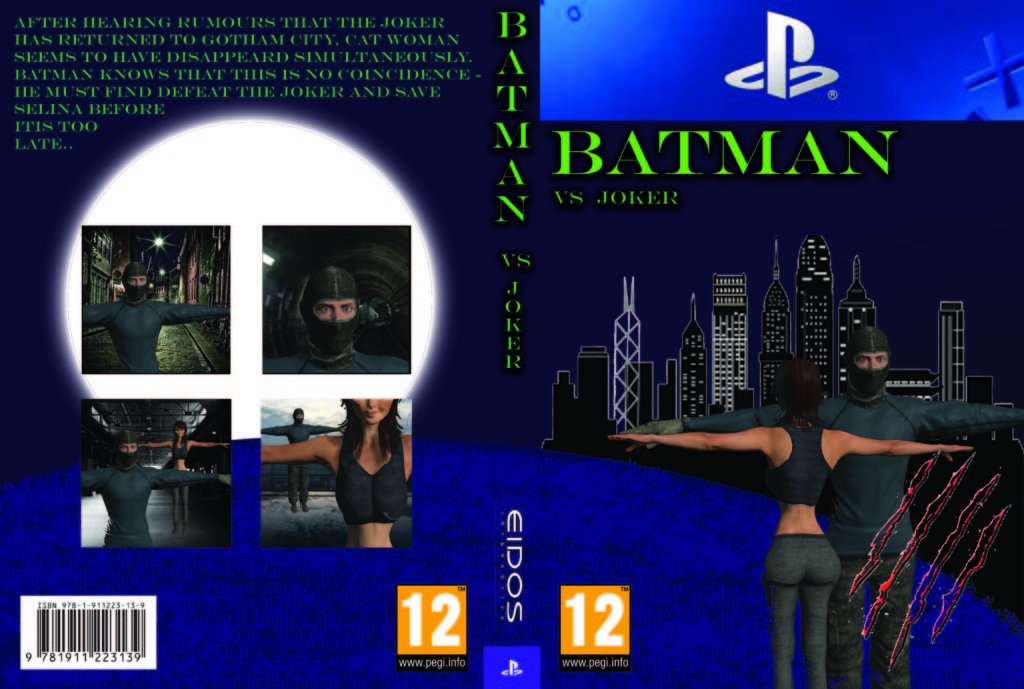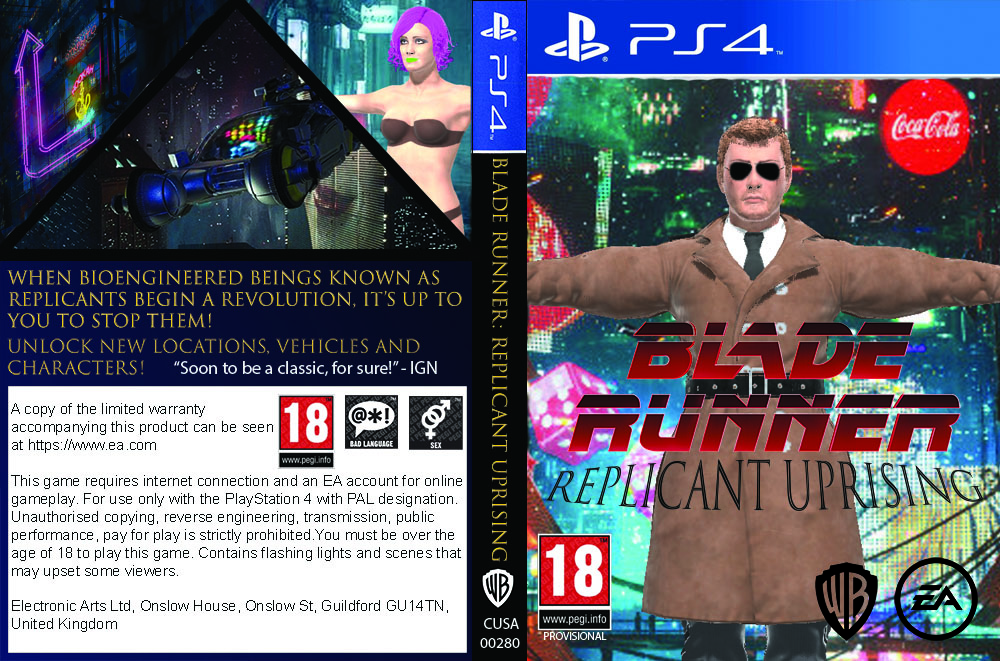In this essay, you will be knowledgeable of the application of semiotic analysis to both, the Tomb Raider and Metroid video games cover.
Tomb Raider, a popular video game from the 2000s, a representation of the theory of the ‘male gaze’ theorised by Laura Mulvey – suggests a more radical representation. Whereas Metroid, also a popular video game from the 2000s, presents a more reactionary representation of a typical male protagonist. The male gaze is the act of depicting women and the world, from a straight (heterosexual) male perspective, sexualising women for the pleasure of the heterosexual male viewer. Within the gaming community, I strongly believe this idea does not represent Tomb Raiders positively or either productively. Due to the suggestion of negative natures. On the other hand, this may further entice more gamers to participate in Tomb Raiders, challenging Tomb Raider to a successful market strategy.
The front cover of the video game, Tomb Raider, exhibits a female character Lara Croft, who can also be known as the dominant signifier. In which, she is manifested to be a sexual object for the suggested straight male viewer. This can be argued by the emphasis on the definition of the female characters bum and figure, she is also presented as flawless, with a lot of makeup and her hair looking completely perfect, creating an unrealistic and fantasy figure for players to look up to. This character is also given a defined hip-sway as such within the actual game suggesting a male pleasure being given which can be defined as the ‘male gaze’ – indicating that she conforms to all society’s gender expectations of women. Additionally, she can also be defined as a reactionary character implicating that her character strongly follows the negative stereotype of the idea that the woman’s body can be viewed as an object. This is mentioned, in Laura Mulvey’s academic paper where it is suggested women believe ‘there is pleasure in being looked at,’ this is suggested to us by the certain way she is positioned on the front inlay product of the game.
On the other hand, Lara Croft can also be portrayed as a radical character. This is said because she is presented as the main character for the game – this is unusual as it opposes the stereotype that men are superior to women and that women are less important. Therefore, cannot be the main characters of a targeted male video game. This production could also be interpreted as a counter type as it – seemingly, going against the stereotypical ‘damsel in distress’ idea that is commonly featured in a lot of video games. The ‘damsel in distress’ was theorised by Anita Sarkeesian of ‘Feminist Frequency.’ She owns an online blog that comments on the representation of women in popular culture where she expresses that female, cartoon, video game characters are portrayed as the hyper-sexualised ‘damsel in distress,’ suggesting that they may rely on the character of the hero, who is typically male, to save them from a situation where they may be in danger or need help.
In contrast, the Metroid cover contains a dominant signifier, suggesting the main image of a male character but the gender is not explicitly confirmed on the front cover. Within the actual game, it is discovered that this character is discovered to be a female character named Samus Aran, who is disguised as a robotic figure and has many links to science fiction. These signifiers are accompanied by indexical signifiers. These indexical signifiers can be identified as mathematics-related coding, numbers and scientific diagrams and shapes, creating a myth that displays links to action or suspense which can symbolise the hegemony of the character. This can also contrast to the analysis, created by Toril Moi, of the distinction between female, feminine, feminist categories of representation, which was created in 1987, as the figure of the protagonist appears broad and somewhat muscular which can be characteristics that have been collectively recognised as masculine over the years, this can create a reactionary representation of men because the cover is suggested to display a stereotypical masculine hero who can be thought of as powerful and dominant which supports the stereotype that the purpose of the male gender within video games is to save the female character who can be described as the ‘damsel in distress. Whereas, in reality, the cover of the game presents a female character as the main character so therefore opposes the stereotype that the male gender is typically better suited to the ‘hero’ character. Within the cover we can see the indexical sign of the gun attached to the robot’s outfit which can also imply that it has connotations of combat and violence which therefore portrays the signifier as brave and fearless. This can also juxtapose Anita Sarkeesian’s, from Feminist Frequency, idea that women are usually or often the selling point of video games. She suggests that designers ‘make women exude sexuality for the entertainment of the presumed straight male player’ which is opposed in Metroid, this is because Metroid displays how it is easy to exceed sales using a masculine looking character, who is revealed to be a woman, rather than using a sexualised image of a woman to do so.
However, at the end of the game, Samus Aran is revealed to be a woman whilst wearing a tight body suit, where her body and figure is majorly defined, so therefore, once again suggesting a non-realistic body type which can be defined as the ‘male gaze’ similarly to Tomb Raider. This also suggests that Metroid could be suggested as radical representation as we assume that the use of the sexualised female body was used as a selling point.
To conclude, both the ‘Tomb Raider’ and ‘Metroid’ covers include signifiers relating to power and masculinity which are juxtaposed by the use of two female characters. They are both represented in an equivalent way due to the female protagonists, this is assumed as they can both be argued that they suggest a radical representation due to their bravery and independence as well as their female body’s being sexualised to please and entertain the assumed straight male viewer. However, Metroid can be argued to be less radical due to the assumption of the main character being a male on the front cover because of its build and muscular appearance.




